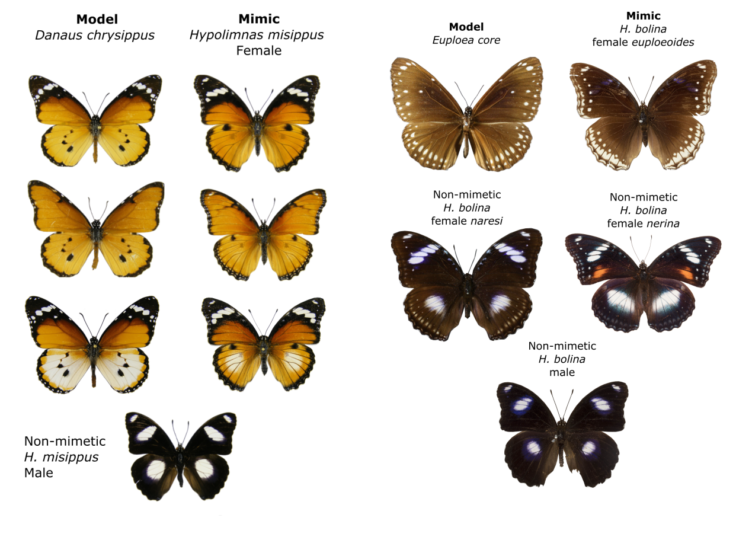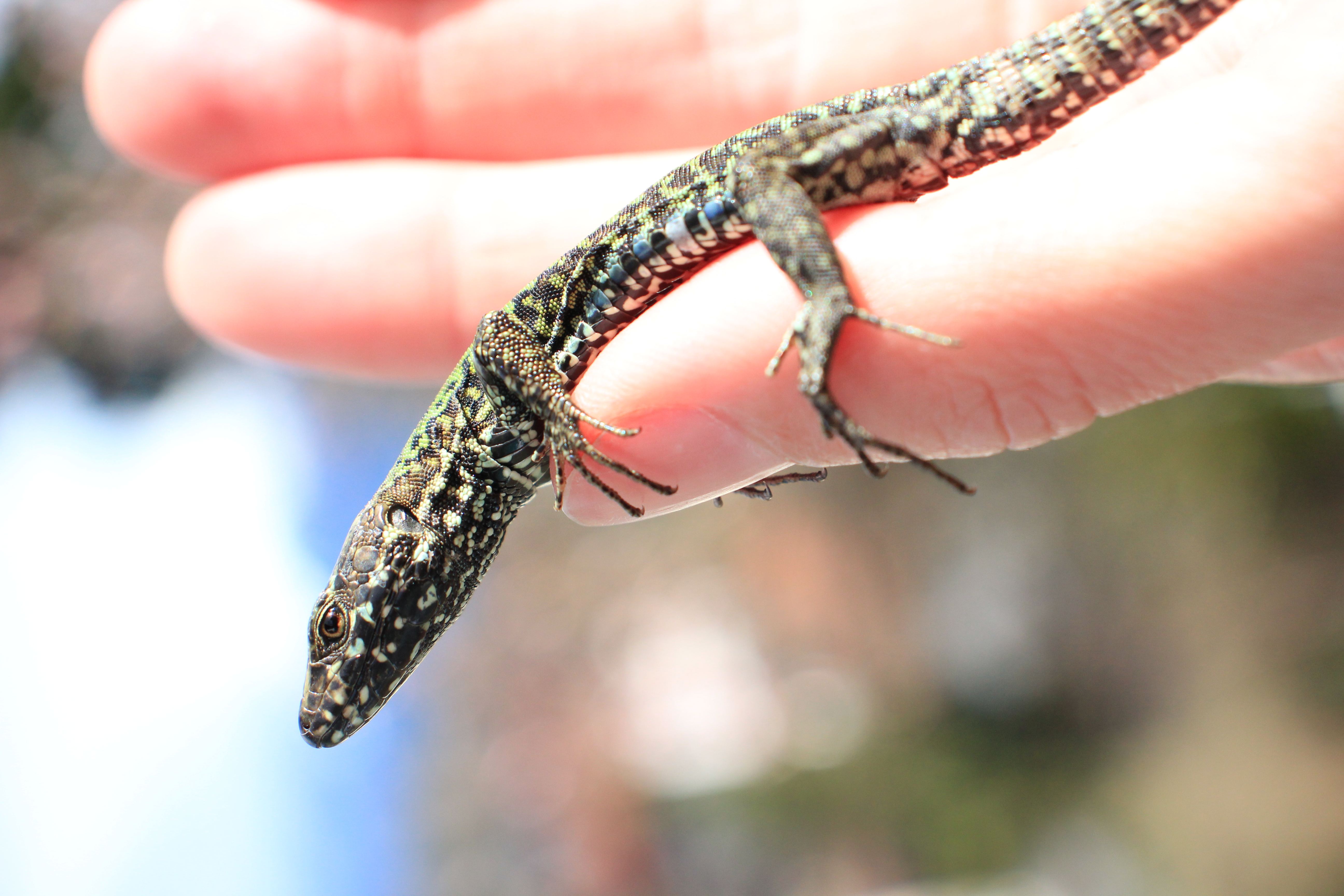
Alumni
This person is a member of Sanger Institute Alumni.
During my PhD with Chris Jiggins at the University of Cambridge I investigated the genomics of Batesian mimicry in Hypolimnas butterflies, the genomics of a complex phenotype in the wood tiger moth and collaborated on projects on the genetic basis of toxicity and pheromone production in Heliconius butterflies. I enjoy thinking about evolutionary processes as well as delving into the data analysis, which I made the most of during the PhD, in which I analysed over 600 whole genomes and 400 RNA-seq samples and developed a program for the visualisation of haplotagging, a linked read sequencing technology.
Genomics of adaptive colouration in Hypolimnas butterflies
In H. misippus, Batesian mimicry is limited to the females, which are polymorphic showing detailed resemblances to the four morphs of Danaus chrysippus and are maintained as a stable polymorphism with little correlation to local model frequencies. Using haplotagging, a linked-read sequencing technology, of >300 wild individuals I identified the locus controlling mimicry and showed that large transposable element insertions found at the locus. Through comparative analysis with other Hypolimnas species I clarified the evolutionary history of the adaptive alleles. Finally, I also investigated the genomics of wing mimicry in H. bolina using whole genomes of >280 individuals and determined that 2 loci near well-known colour pattern genes are associated with these adaptive phenotypes. My results add up to the mounting evidence of the importance of structural variation in adaptations and the repeatability of evolution.

Genomics of complex phenotypes
Unpalatable species often use colouration to advertise their toxicity. The wood tiger moth (Arctia plantaginis) is a palearctic species that uses bright hindwing colouration to advertise its toxicity, in which males have two distinct morphs that are maintained in the populations. The male morphs have yellow or white hindwings and vary in other phenotypic traits such as behaviour, chemical defences, and physiology. Using transcriptomic data across development, I showed that a white specific duplication of a yellow gene is associated with morph determination. The yellow gene family is involved in melanin pigmentation and behaviour in other species of insects. CRISPR/cas9 work confirmed the role of the duplicated yellow gene in determining morph colouration. These results add to the evidence suggesting that multiple co-adapted traits can have a simple genetic architecture and on the importance of structural variants in adaptation.
Hybridisation in European wall lizards
My new project working with Joana Meier focuses on hybridisation in common European wall lizards. In it, we will be collecting wild samples in Switzerland to investigate the patterns of admixture and clarify if hybridisation has fuelled the colonisation of new habitats.
